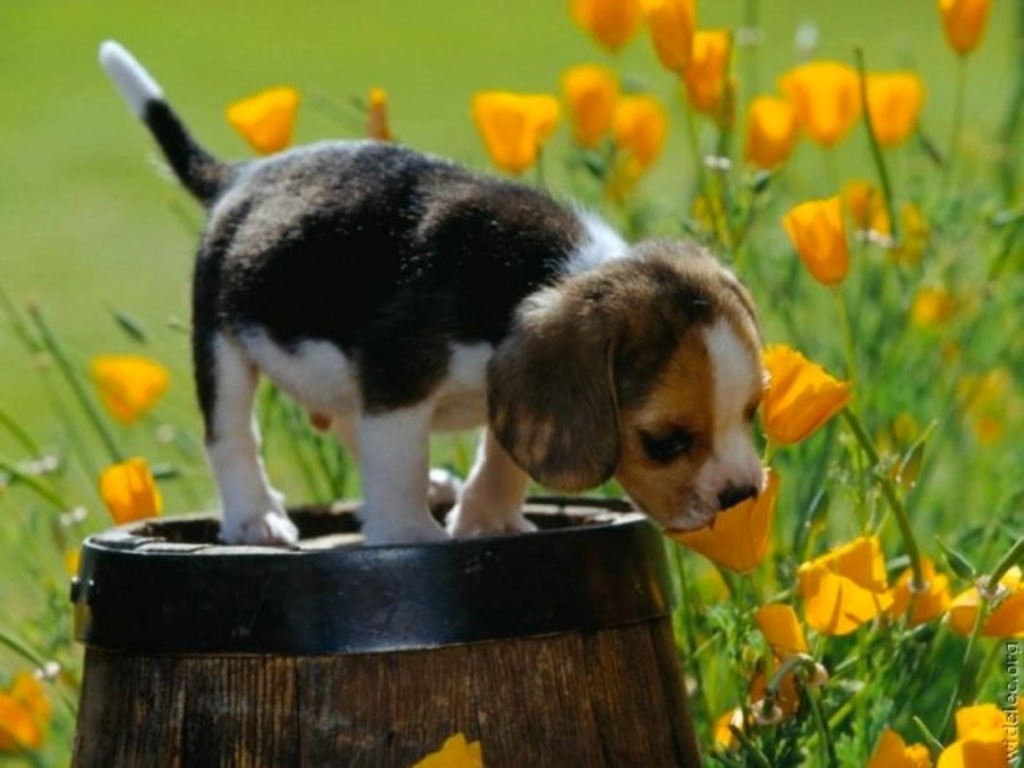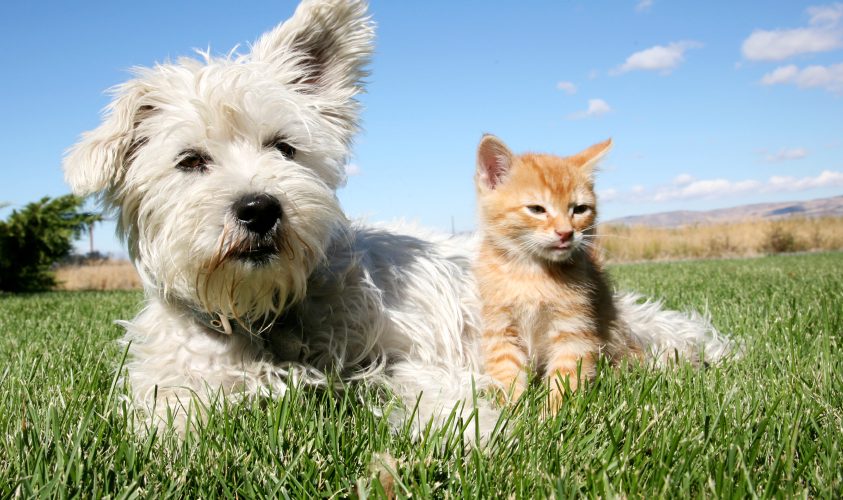
It’s officially spring! If you’re anything like us, you’re eager to trade in your snow shovel for a garden shovel. But pet parents should note that while gardens and yards are great spots for relaxation on a spring day, many of our favorite spring flowers and plants may be toxic to our cat and dog companions. This year, whether you’re getting ready to plant your garden or you’re just looking to add a little bit of green to your home, be wary of these popular but poisonous plants so you’ll keep your pets happy and healthy this season.
Steer Clear of Lilies and Oleander. Lilies may look pretty, but they are considered especially toxic to cats. Even ingestions of very small amounts can cause severe kidney damage in our furry friends. Oleander can cause serious health problems including gastrointestinal tract irritation, abnormal heart function, hypothermia and even death.
Be Careful with Tulips. These popular spring bulb plants add much to our gardens, but can cause significant stomach problems when ingested by our pets. The bulb portion contains toxins that can cause intense gastrointestinal irritation, drooling, loss of appetite, depression of the central nervous system, convulsions and even cardiac abnormalities.
Say No to Azalea and Rhododendron. These favorites contain substances known as grayantoxins, which can produce vomiting, drooling, diarrhea, weakness and depression of the central nervous system in our furry friends. Severe azalea poisoning could ultimately lead to coma and even death.
Avoid Sago Palm. All parts of this common house plant are considered poisonous, but the seeds or “nuts” contain a large amount of toxin. Even ingestion of just one or two seeds can result in very serious effects including vomiting, diarrhea, seizures and liver failure.
Pass on the Cocoa Mulch. Popular for its attractive odor and color, cocoa mulch attracts dogs with its sweet smell—and like chocolate, it can cause problems for our canine friends. Depending on the amount, ingestion of cocoa mulch can cause a range of clinical signs from vomiting and diarrhea to muscle tremors, elevated heart rate, hyperactivity and even seizures. Consider using a less-toxic alternative such as shredded pine, cedar or hemlock bark.
If your pet likes to stop and smell the flowers, it’s important to not leave him or her unsupervised where these plants may be present. Want more information or have greenery in your home or garden that you’re not sure is toxic or not? Please visit our full list of toxic and non-toxic plants.
As always, if you suspect your pet has ingested something poisonous, please contact your veterinarian or the Animal Poison Control Center’s 24-hour hotline at (888) 426-4435.
~At Heart Arrow We Love Pets~

Stay safe and healthy!

